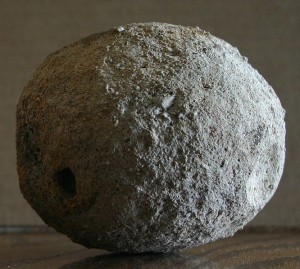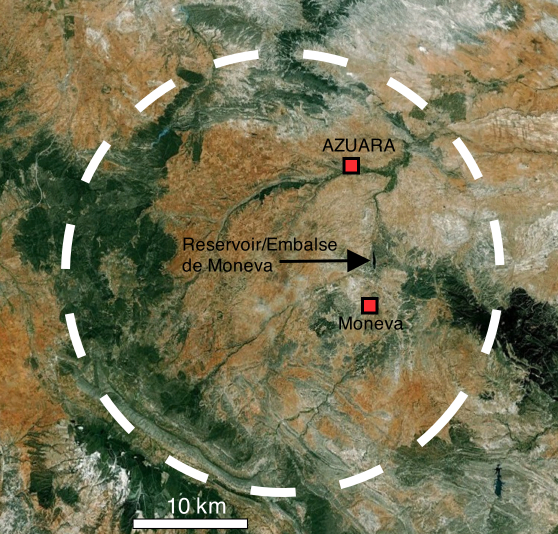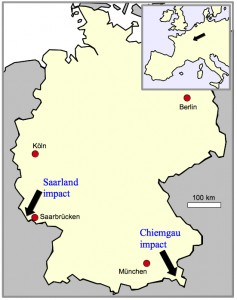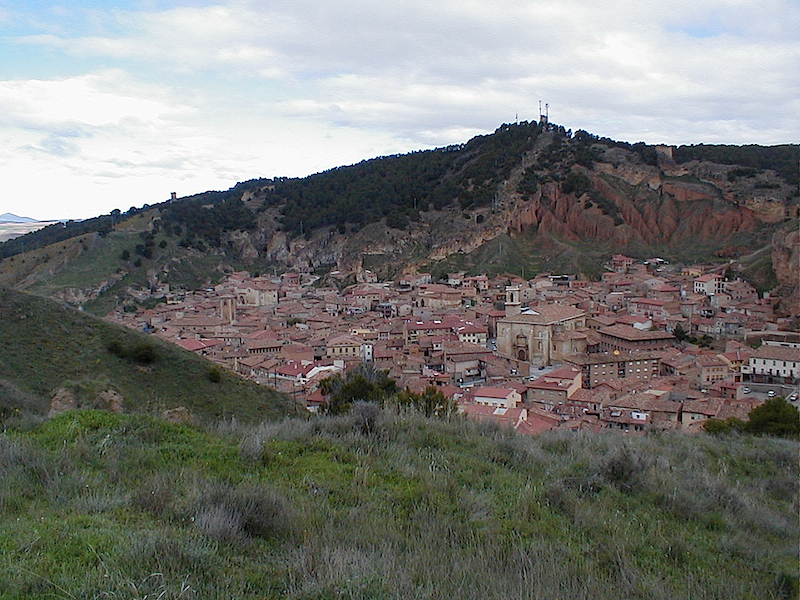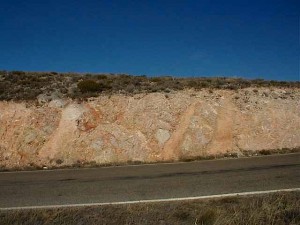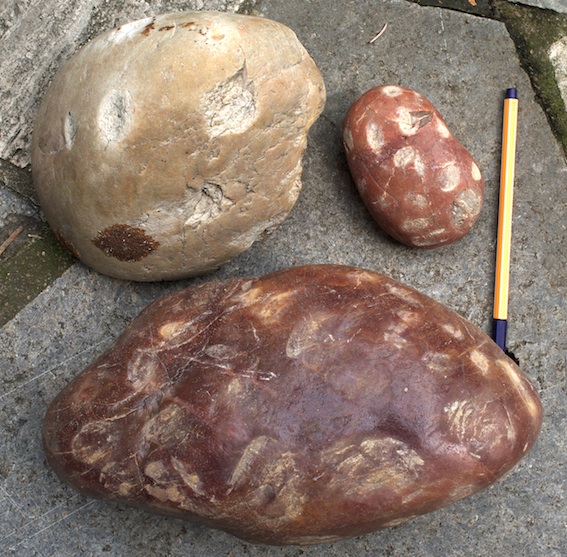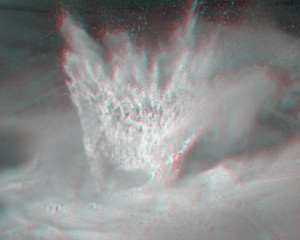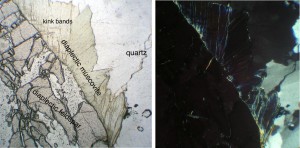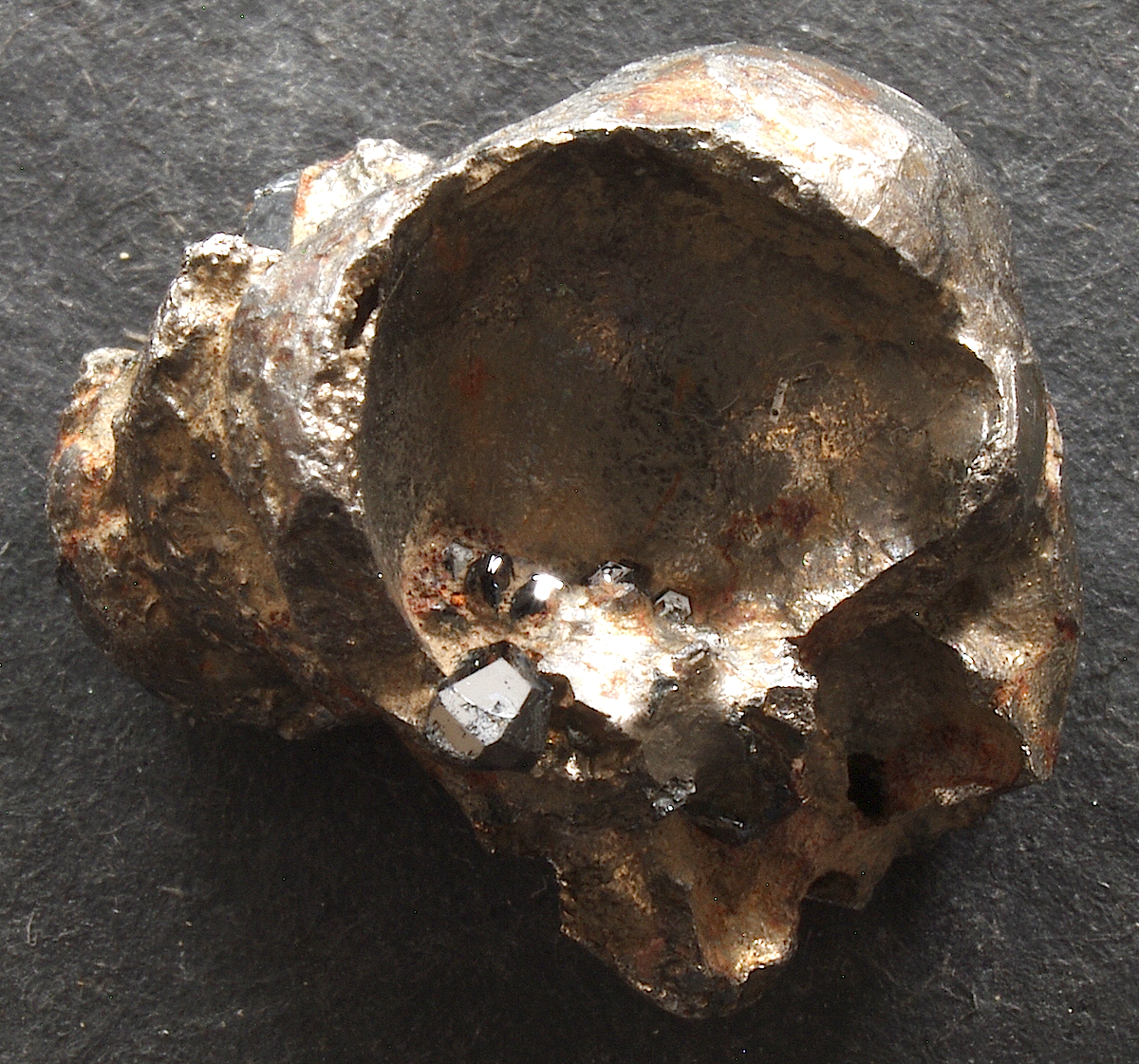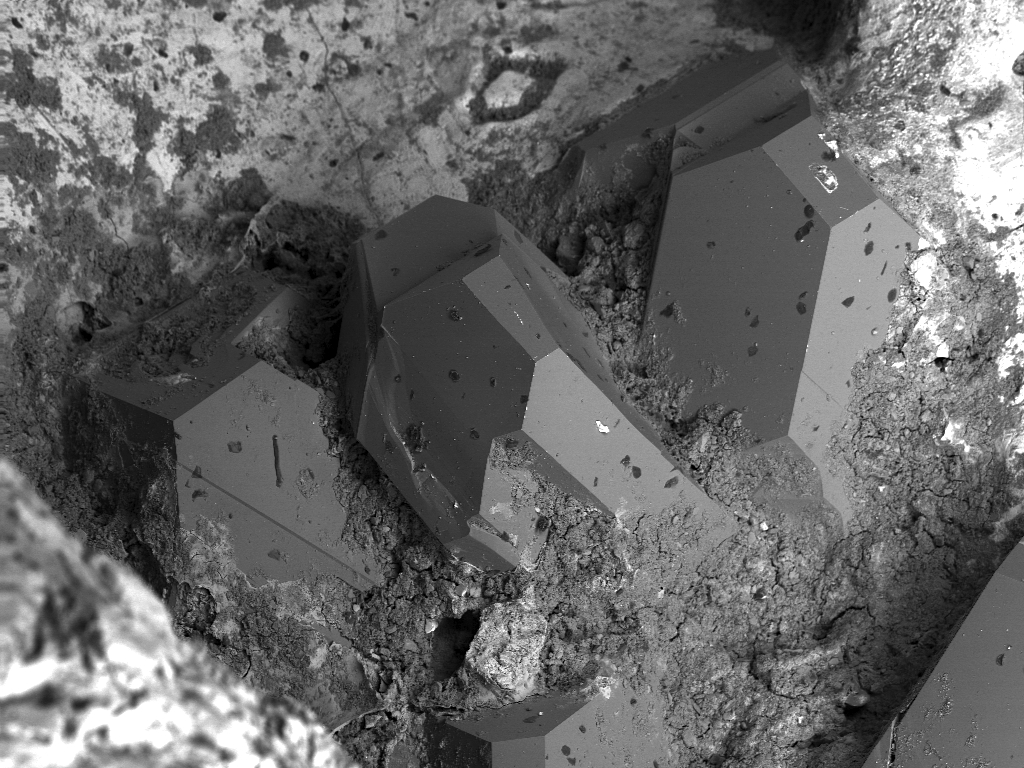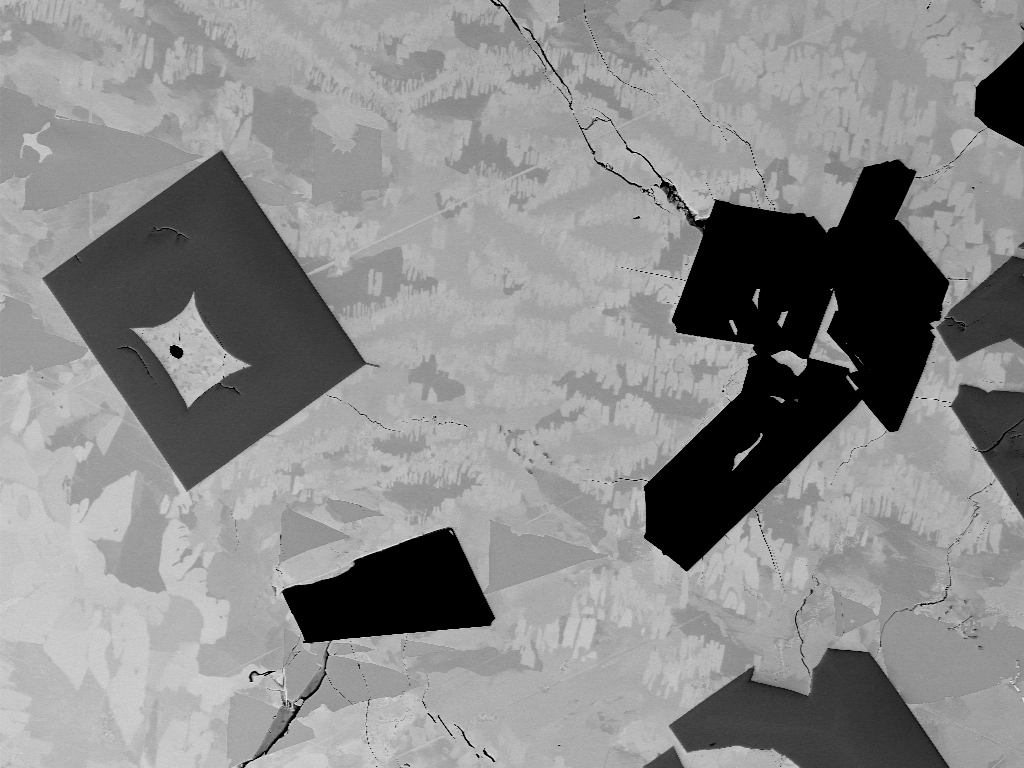by Kord Ernstson & Ferran Claudin (July 2013)
Abstract. – The “round rocks” of the Weaubleau-Osceola impact structure have phenomenological counterparts in the Spanish Azuara/Rubielos de la Cérida impact structures where they occur within voluminous heavily brecciated rock units. Related nodular bodies within large monomictic movement breccias are observed also in the Ries impact structure. A process similar to the formation of monomictic impact breccias with rounded clasts as part of a mortar texture is suggested. A relation to the Weaubleau-Osceola “round rocks” may exist but not necessarily.
1 Introduction
The Weaubleau (or now Weaubleau-Osceola) circular feature in southwestern Missouri is a 19 km-diameter impact structure that formed in the Mid-Carboniferous about 330 million years ago (Evans et al. 2003).
A peculiar feature clearly restricted to and common throughout the Weaubleau structure are the “round rocks” called also “Missouri rock balls” or “Weaubleau eggs” (Figs. 1, 2). Originally considered to be of glacial origin they are in general attributed now to the impact event. The idea of a formation as mega-accrecionary lapilli has been discarded and a diagenetic formation from blasted siltstone clasts intermixed in the fallback breccia and subsequent silification is mostly discussed. Nonetheless, the process of formation is still poorly understood. Here, we present evidence of roughly similar nodules occurring in the Spanish large Azuara and Rubielos de la Cérida impact structures where different from the Weaubleau “round rocks” they can be observed how they developed in situ.
Fig. 1. Weaubleau “round rock”. The typical and most common size runs from golf-balls to grapefruit. Photo: Harmil, WIKIMEDIA COMMONS.
Continue reading “The Weaubleau impact structure “round rocks” (“Missouri rock balls”, “Weaubleau eggs”): possible analogues in the Spanish Azuara/Rubielos de la Cérida impact structures.”







































































